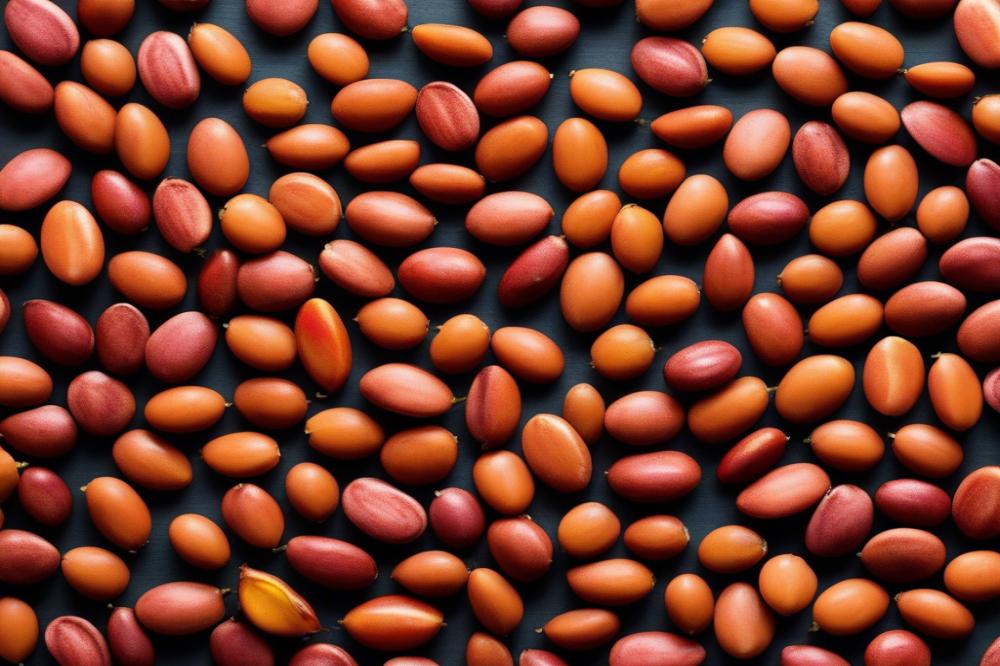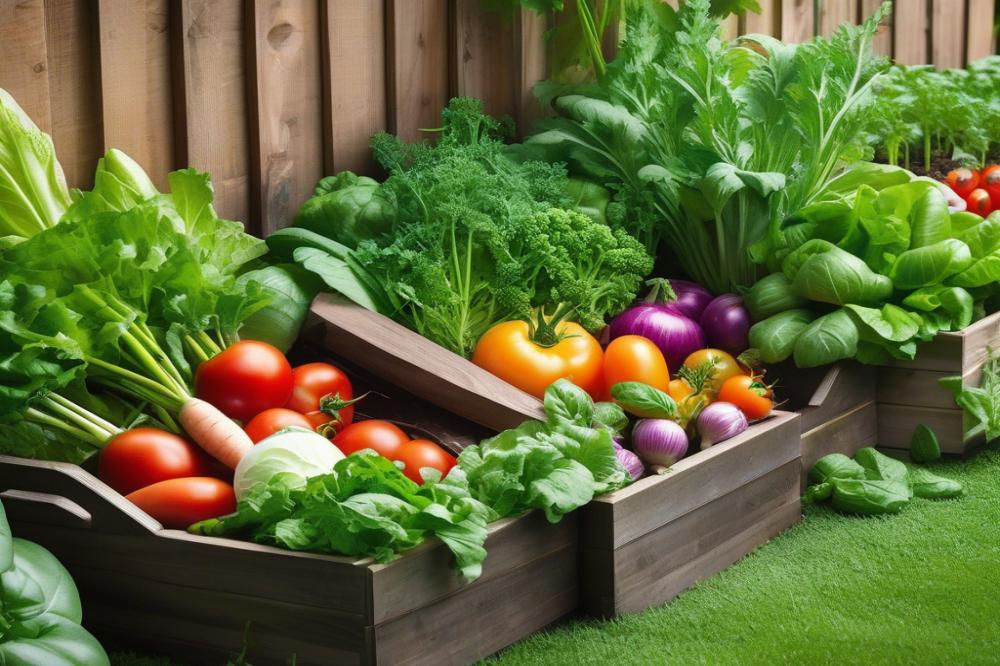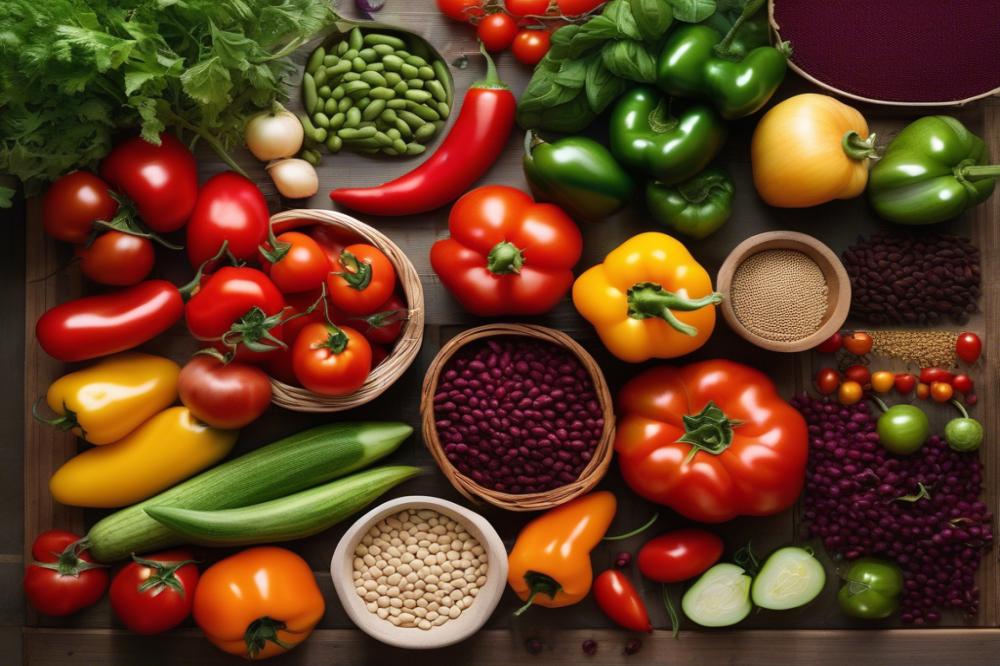Growing Borlotti Beans: A Step-by-Step Guide
Borlotti Beans, known for their rich color and delightful flavor, have become a favorite among gardeners and chefs alike. These legumes are not just visually appealing; they also offer substantial nutritional benefits. Including them in your garden can enhance your culinary repertoire, while also contributing to soil health.
Gardening with legumes like these can have a lasting impact on your plot. Plants like Borlotti beans enrich the soil, making it more fertile through their natural ability to fix nitrogen. This process improves soil nutrient levels and promotes healthier growth for neighboring plants. In turn, healthier soil supports more robust crops, creating a more sustainable garden environment.
Cooking with these beans opens up a world of flavor. From hearty soups to vibrant salads, recipes featuring them can transform any meal. Their unique texture and taste make them a versatile ingredient. Home cooks and professional chefs appreciate their ability to blend seamlessly into various dishes.
Proper care and attention are necessary for successful growing. Soil requirements for Borlotti beans typically involve well-drained conditions with a good mixture of organic matter. When planting, choose a sunny spot to encourage maximum growth. Regular care tips include monitoring for pests and providing support as the plants climb. Effective pest control helps maintain a healthy crop throughout the season.
After a season of care and attention, harvesting is the rewarding finale. Once the pods reach their mature color and feel firm, it’s time to pick them. Enjoying fresh produce from your garden cultivates a sense of accomplishment and satisfaction. The act of growing beans offers a tangible benefit, both to your diet and to the environment.
Investing your time in growing Borlotti beans brings joy and nourishment. Their dual role in gardening and cuisine makes them a valuable addition to any garden. Try your hand at cultivating these legumes, and enjoy the flavors they bring to your plate!
planting Borlotti Beans


Best Time for Planting
When it comes to planting, timing is everything. The best period for sowing is typically late spring, after the last frost has passed. This is crucial since beans are sensitive to cold. Wait for the soil temperature to reach at least 60°F. If you’re unsure, a simple soil thermometer can help guide you.
Choosing the Right Location and Spacing
A sunny spot in your garden will be ideal for growing these leguminous plants. Select a location that receives full sunlight for most of the day. When it comes to spacing, aim for about 4 to 6 inches between each seed. Rows should be about 2 to 3 feet apart. This spacing allows for proper air circulation, reducing the risk of disease.
Soil Requirements for Optimal Growth
Soil requirements play a vital role in the success of your crop. Use well-draining soil rich in organic matter. Adding compost or green manure can enhance fertility. The pH should ideally be between 6.0 and 7.0. Good drainage is essential, as stagnant water can rot the roots. Test your soil before planting to identify any deficiencies.
Methods of Sowing Seeds
Several methods can be used for sowing seeds. Direct sowing into the garden bed is the most common approach. Plant seeds about 1 to 2 inches deep. Alternatively, starting seeds indoors can give you a head start. If you choose this method, transplant them outside after they are sturdy and the weather warms. Be attentive to the depth and spacing; this will promote healthy growth during the harvesting phase.
Care Tips for Borlotti Beans


Regular watering plays a crucial role in the growth of these legumes. Consistent moisture keeps the soil conditions ideal for healthy development. Check the soil often. It should be damp but not soggy. When plants develop pods, they will need even more water to reach their full potential.
Fertilizing is another important aspect of care. Consider using green manure or other organic options. These enrich the soil naturally, providing essential nutrients. Amending the soil before planting will improve overall growth and yield. Remember, too much chemical fertilizer can harm beneficial organisms in the soil.
As the plants grow, providing support becomes necessary. Staking or setting up trellises helps keep the plants upright. This is especially important as they begin to bear fruit. A strong support system allows for better air circulation and easier access during harvesting.
Routine maintenance includes monitoring for pests and diseases. Inspecting plants regularly can help catch issues early. Use organic pest control methods to protect your beans without harming the environment. Pruning dead leaves can also encourage better airflow and plant health.
Moreover, the soil gets depleted over time, so rotating crops is beneficial. This prevents the buildup of pests and soil diseases. It also improves soil structure and health. Always keep an eye on the overall condition of the garden. Healthy plants often yield more, enriching your cooking and recipes.
Pest Control for Borlotti Beans


Common Pests and Diseases Affecting Borlotti Beans
Growing these leguminous plants can attract various pests. Aphids are small insects that can inflict serious damage. They suck the sap from leaves, leading to wilting and stunted growth. Bean beetles are another threat. These pests munch on leaves, causing unsightly holes. Various diseases, including powdery mildew and rust, may emerge. Keep an eye out for any unusual spots or discolorations on the leaves.
Organic Pest Control Methods
Utilizing organic pest control methods is both effective and safe for the environment. Introducing beneficial insects can bring balance to your garden. Ladybugs are natural predators of aphids and can help control their population. Spraying a mixture of water and mild soap helps eliminate unwanted pests without harming the plants. Neem oil, derived from the seeds of the neem tree, is also an excellent option. Regularly inspecting plants for signs of pests is crucial. Quick action can prevent larger infestations down the line.
Preventative Measures to Protect the Plants
Preventative care is essential in any gardening endeavor. Crop rotation can disrupt pest life cycles. Avoid planting the same crops in the same spot year after year. Incorporating green manure can improve soil health, which supports stronger plants. Healthy plants are less vulnerable to infestations and diseases. Covering seedlings with lightweight fabric shields them from pests while allowing light and moisture to penetrate. Ensure that the garden space has good air circulation. This discourages fungal diseases and enables plants to thrive during the growing season.
Harvesting Borlotti Beans


Signs of Readiness for Harvest
Recognizing when your beans are ready for harvesting is crucial. Typically, they will change color as they mature. Look for pods that are swelled and firm. A brownish hue usually indicates ripeness. The leaves around the plant may start to yellow, signaling that the plant is completing its cycle. Additionally, a slight crack in the pods can suggest that it’s time to reap your rewards.
Techniques for Harvesting
Harvesting borlotti beans requires some care. Begin by gently pulling at the plant’s base. You don’t want to uproot the entire plant if you can avoid it. Use garden scissors to snip off the pods cleanly. It’s best to do this in the morning when dew is present, as this helps in keeping the beans fresh. Always wear gloves if you experience any irritation while handling the plants.
Tips for Storing Harvested Beans
After harvesting, storing your beans properly can prolong their shelf life. First, allow the pods to dry in a cool, shaded area. Don’t rush this step; moisture can lead to spoilage. Once completely dry, remove the beans from their pods. Place them in an airtight container to maintain freshness. Consider storing the container in a dark, cool cupboard. For extended periods, a vacuum seal is ideal. Vacuum-sealed beans can last longer and retain their flavor for cooking.
Make sure to label your storage with the date. This helps track their age. Fresh beans can be part of numerous recipes, adding color and nutrition. Whether it’s a classic dish or something new, these legumes will enrich your meals. Thus, harvesting, caring, and storing properly can enhance your gardening experience.
Cooking and Recipes with Borlotti Beans
Nutritional benefits of Borlotti Beans
Borlotti beans are rich in protein and fiber. Incorporating legumes into your diet can support heart health and aid digestion. These beans also contain essential vitamins and minerals like iron and magnesium. Low in fat, they can be a great choice for those watching their weight. Regular consumption may help stabilize blood sugar levels. Their vibrant color adds visual appeal to any plate, making meals more enticing. Plus, these legumes are incredibly versatile, fitting into various diets seamlessly.
Popular recipes featuring Borlotti Beans
Many exciting recipes highlight the flavor and texture of these beans. A classic dish is the hearty Italian pasta e fagioli, where beans mingle with pasta and vegetables. A warm salad featuring roasted peppers and a drizzle of balsamic can be refreshing. For a cozy meal, try making a bean stew with tomatoes, garlic, and fresh herbs. Use seasonal vegetables for added freshness. Tacos stuffed with a mix of beans, avocado, and salsa provide a unique twist to traditional fare. Each recipe offers a delightful way to enjoy this delicious legume.
Cooking methods and preparation tips
Preparing these beans can be straightforward. Start with soaking dried beans overnight to reduce cooking time. Rinse them well before cooking. Many methods work well; you can boil, sauté, or steam for best results. Adding aromatic ingredients like onions and garlic enhances the flavor during cooking. If you choose to use canned beans, rinse them to lower sodium content. When considering soil requirements for gardening, remember that well-draining soil promotes healthy growth. Don’t forget pest control measures to protect your plants. After harvesting, store them properly to maintain freshness. Using green manure in your garden can improve soil health for future planting. Each step ensures your experience with these beans remains enjoyable and rewarding.
Wrapping Up Your Borlotti Bean Journey
Growing Borlotti beans offers numerous benefits. These legumes are not just delightful to eat; they also enhance soil health. By fixing nitrogen, they provide essential nutrients for other plants. Home gardeners find that these beans flourish in diverse environments, making them an excellent choice for various gardens.
Starting your own bean patch is easier than it may seem. Whether you have a small balcony or an expansive backyard, there’s a spot waiting for planting. Don’t hesitate to try your hand at this rewarding endeavor. The process of nurturing plants and watching them grow can be deeply satisfying. There’s a special joy in harvesting your first crop and tasting the fruits of your labor.
Thinking about the broader picture, gardening with legumes can transform your approach to food. These plants can be a sustainable source of protein. They can fit perfectly into a balanced diet. Moreover, they contribute to biodiversity. As you expand your gardening skills, consider integrating more legumes into your plots.
In closing, Borlotti beans present a pathway to enriching your gardening experience. Dive into this exciting venture, and you may find new inspiration. Take the leap, cultivate your own garden, and enjoy both the process and the rewards that come with it. Happy growing!



